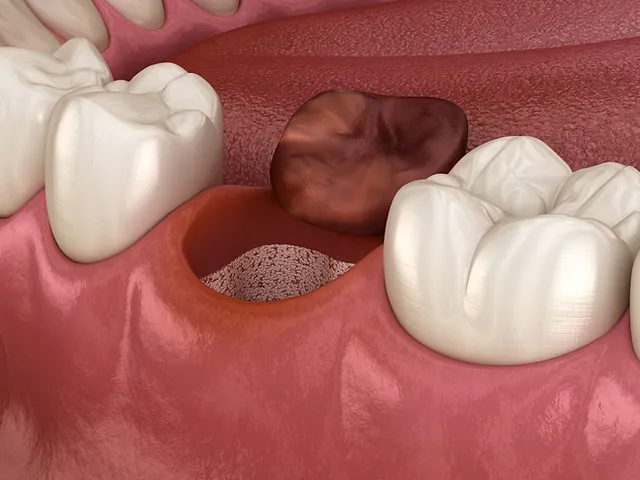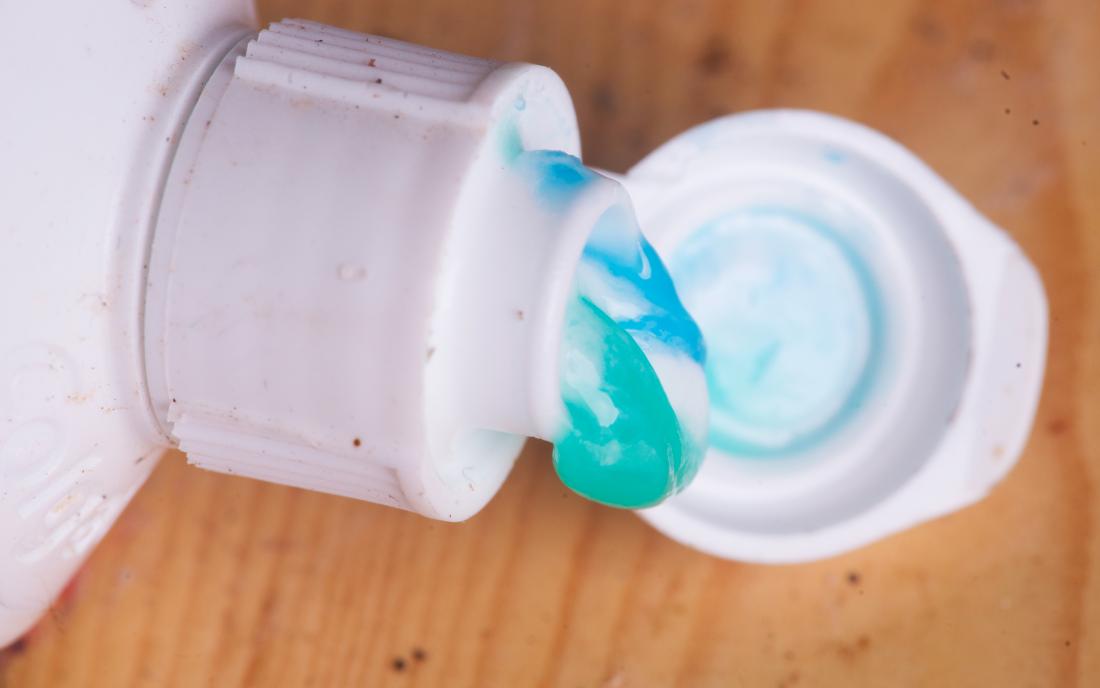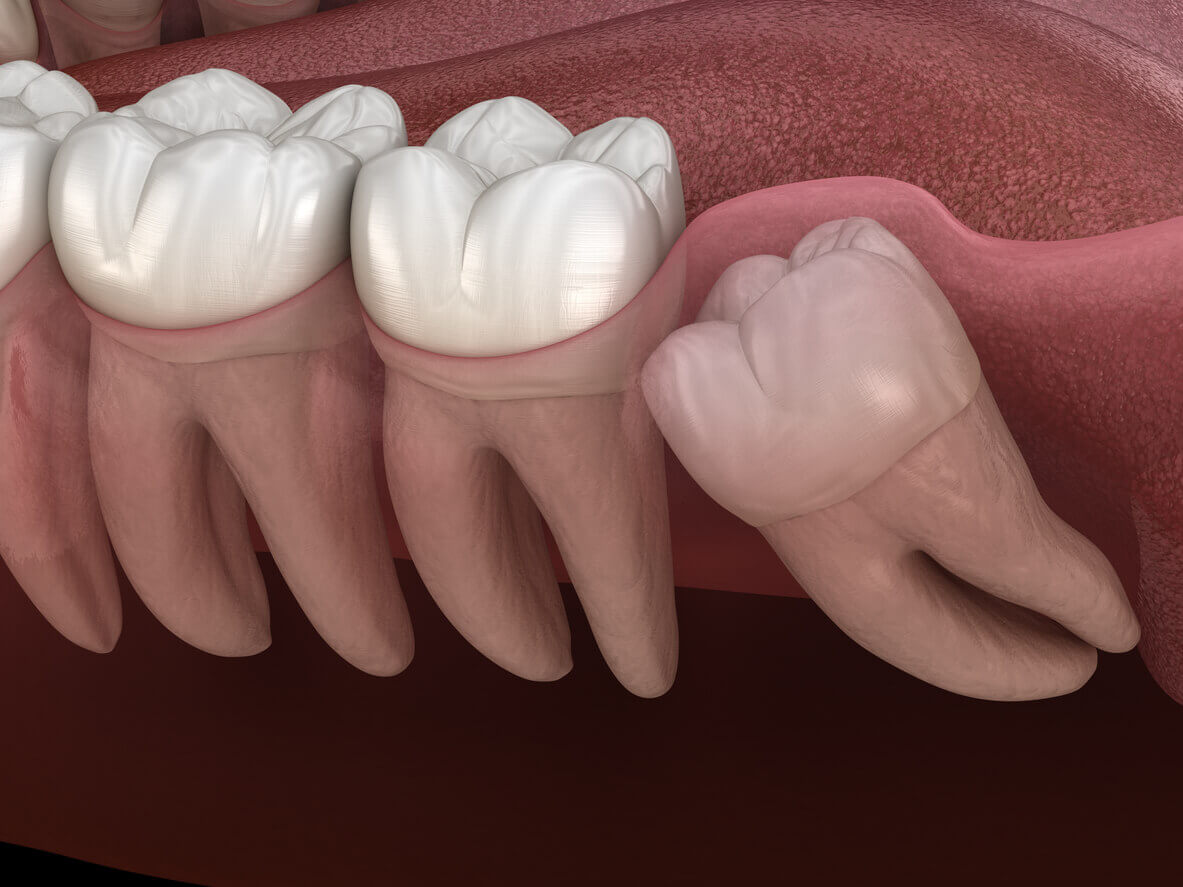The experience of pain during dental procedures varies among individuals, and factors such as pain tolerance, the complexity of the procedure, and individual dental health contribute to this variability.
In general, getting a filling is usually less painful than a tooth extraction. Fillings use numbing, and any post-filling discomfort is usually manageable with over-the-counter meds. Tooth extractions involve removing the whole tooth, which can be more uncomfortable, but dentists use anesthesia to make it as painless as possible.
Here, you will see the post-care chart for both of them to make your life easy.
How Can You Define Tooth Extractions?

Tooth extractions are intricate procedures involving the meticulous removal of a tooth from its socket in the jawbone. Typically undertaken in cases of severe damage, infection, or when a tooth is impacted and unable to emerge properly, the pain experienced during this process is subject to various influencing factors.
A paramount aspect of mitigating pain during tooth extractions is the administration of local anesthesia by dentists. This crucial step ensures the targeted area is thoroughly numbed, thus minimizing discomfort throughout the procedure.
In addition, the nature of the extraction itself plays a pivotal role in determining the level of pain involved. Simple extractions, where the tooth is easily accessible, generally entail less discomfort compared to surgical extractions, which are reserved for more intricate cases demanding a nuanced approach.
Then, The aftermath of it may usher in a period of discomfort, accompanied by potential swelling and pain during the ensuing healing process. Effective pain management hinges on diligent adherence to post-extraction care instructions. By following these guidelines, patients can actively contribute to alleviating discomfort and facilitating a smoother recovery.
In understanding tooth extractions, it is imperative to recognize the nuanced interplay of factors influencing pain perception. From the judicious use of local anesthesia to the intricacies of extraction types and the conscientious embrace of post-procedural care, each facet contributes to the overall experience.
Dental Fillings
Dental fillings are like a superhero fix for teeth that have a bit of trouble—either they’ve got some decay or a little crack. Here’s how it works: the dentist takes out the bad stuff and puts in a new material like resin, amalgam, or porcelain. Fillings usually don’t cause much pain, and here’s why:
Just like when you get a tooth taken out, dentists use something to numb the area during the filling process. This way, you don’t feel much during the fixing.
Moreover, unlike some other tooth treatments, it tries to keep as much of your natural tooth as possible. They’re not too invasive, which means they don’t mess with your structure too much.
Getting better after a filling is usually quicker, and you don’t have to deal with as much discomfort afterward. So, it’s a bit like a shorter road to feeling better compared to some other dental stuff.
Filling or Extraction: A Comprehensive Comparison for Informed Choices
When it comes to treating cavities and tooth decay, the decision between a dental filling and an extraction is crucial for your oral health. At Northside Dental Clinic, our experienced dentists guide you through this decision-making process to determine the best course of action.
| Criteria | Dental Filling | Tooth Extraction |
| Benefits | – Preserves natural teeth | – Immediate relief from chronic pain |
| – Maintains a natural smile | – Suitable for severely diseased or weak teeth | |
| – Less discomfort during recovery | – Prevents potential complications from decay | |
| Procedure | – Plugs decayed areas with dental material | – Removal of the entire tooth from the socket |
| – Enhances the overall life of your smile | – Local anesthesia for a painless experience | |
| – Requires more than one office visit | – Gentle extraction process with post-care instructions | |
| Appropriateness | – Ideal for minor decay and cavities | – Necessary for chronic pain and severely damaged teeth |
| – Matches natural tooth appearance | – Considered when a filling is not sufficient | |
| Cost | – Initial cost is lower | – Higher initial cost with potential long-term expenses |
| – Cheaper long-term maintenance | – Additional costs for bridges or implants to fill the gap | |
| Aftercare | – Minimal discomfort, regular diet resumes quickly | – Dull ache and stitches may be needed, dietary restrictions |
| – Rare secondary complications | – Potential for infection, requiring antibiotics and thorough cleaning | |
| Longevity | – Composite filling offers a long lifespan | – Immediate gap, potential for lifelong gap unless replaced |
| – Depends on general dental hygiene | – Lifelong gap or replacement with implants or bridges |
Post-Care Chart – Tooth Extraction
| Day/Activity | Care Instructions |
| Day of Extraction | 1. Bite on gauze to control bleeding.2. Avoid vigorous rinsing or spitting. 3. Take prescribed pain medications as directed. |
| First 24 Hours | 1. Apply ice packs to reduce swelling (20 minutes on, 20 minutes off). 2. Stick to soft foods and avoid hot or spicy items.3. Continue taking prescribed medications. 4. Avoid strenuous activities. |
| Next Few Days | 1. Gently rinse mouth with warm saltwater after 24 hours.2. Maintain oral hygiene but avoid the extraction site. 3. Follow a prescribed antibiotic regimen if given. 4. Attend follow-up appointments as scheduled. |
| First Week | 1. Gradually reintroduce normal foods as comfort allows.2. Continue with oral hygiene practices, being gentle around the extraction site. 3. Report any unusual pain or swelling to the dentist.4. Avoid smoking or using straws to prevent complications. |
Post-Care Chart – Dental Filling
| Day/Activity | Care Instructions |
| Day of Filling | 1. Avoid eating or drinking until the anesthesia wears off. 2. Be cautious with hot or cold items due to potential sensitivity. |
| First 24 Hours | 1. Resume normal eating once sensitivity subsides. 2. Take over-the-counter pain relievers if needed, as per dentist recommendations. 3. Avoid sticky or hard foods that may dislodge the filling. 4. Report any persistent pain or discomfort to the dentist. |
| Next Few Days | 1. Continue regular oral hygiene practices, avoiding excessive pressure on the filled tooth. 2. Attend follow-up appointments as scheduled. 3. Be aware of any changes in bite and report them promptly. 4. Limit consumption of staining substances to maintain the filling’s appearance. |
| First Week | 1. Monitor for any signs of infection or swelling. 2. Report any unusual sensations or pain during chewing. 3. If composite filling, avoid consuming staining substances (coffee, tea, etc.). 4. Maintain regular dental check-ups for long-term filling health. |
Food Chart – After Tooth Extraction
| Day/Meal | Food Recommendations |
| Day of Extraction | Soft Foods: Applesauce, yogurt, mashed potatoes, soups, pudding. Avoid: Crunchy or spicy foods. |
| First 24 Hours | Liquid/Nutrient-Rich Foods: Smoothies, shakes, pureed soups. Avoid: Hot or cold items that may cause sensitivity. |
| Next Few Days | Soft/Moist Foods: Oatmeal, scrambled eggs, pasta, cooked vegetables. Avoid Hard and sticky foods that may disturb the extraction site. |
| First Week | Gradual Transition: Introduce semi-solid foods like rice, beans, and soft fruits. Avoid Hard nuts, popcorn, and chewy candies. |
Food Chart – After Dental Filling

| Day/Meal | Food Recommendations |
| Day of Filling | Soft Foods: Similar to tooth extraction, opt for easy-to-chew items. Avoid: Extremely hot or cold foods. |
| First 24 Hours | Gentle Diet: Soups, mashed potatoes, yogurt. Avoid: Hard or crunchy foods that may stress the filled tooth. |
| Next Few Days | Soft/Moist Foods: Pasta, rice, cooked vegetables, tender meats. Avoid Sticky or tough foods that could affect the filling. |
| First Week | Transition to Normal Diet: Gradually reintroduce regular foods as comfort allows. Avoid Staining substances if it’s a composite filling (coffee, tea, etc.). |
FAQ’s
1. Do fillings hurt more than extraction?
No, Choosing between a dental filling and tooth extraction? Generally, removing a tooth results in a longer period of discomfort compared to a filling procedure.
2. Is tooth extraction the most painful?
No,Contrary to common belief, tooth extractions are not inherently excruciating. The perceived pain is often associated with the cause, such as a tooth infection.
3. What hurts more, root canal or tooth extraction?
According to the American Association of Endodontists, patients find root canal treatment six times more likely to be painless than tooth extraction. Post-root canal, there might be sensitivity for a few days.
4. Which is more expensive, tooth extraction, or filling?
Filling a cavity is usually less costly than tooth extraction plus the placement of a denture or implant if the tooth is pulled.
5. Is it better to extract or fill a tooth?
Tooth extraction is suitable when chronic pain or severe decay hinders normal function. Saving the tooth is generally preferable for its strength and functionality.
6. Is it better to remove a tooth or fill it?
Whenever possible, saving the tooth is recommended for strength and function. Natural teeth are easier to care for and function better than alternatives.
7. How long will tooth extraction hurt?
Discomfort after tooth extraction varies; some may experience it for a day, others up to three days, and sensitive patients may feel soreness for about a week. Surgical post-extraction pain can last up to two weeks, and dry socket pain may persist for up to seven days.
Final Words
In simple terms, for most folks, getting a filling is usually less painful than a tooth extraction. Fillings involve numbing, and any discomfort afterward is usually manageable. While tooth extractions may have more sensations, dentists use anesthesia to minimize pain. But everyone’s different, so chatting with your dentist about any concerns is key for a more comfortable experience.











